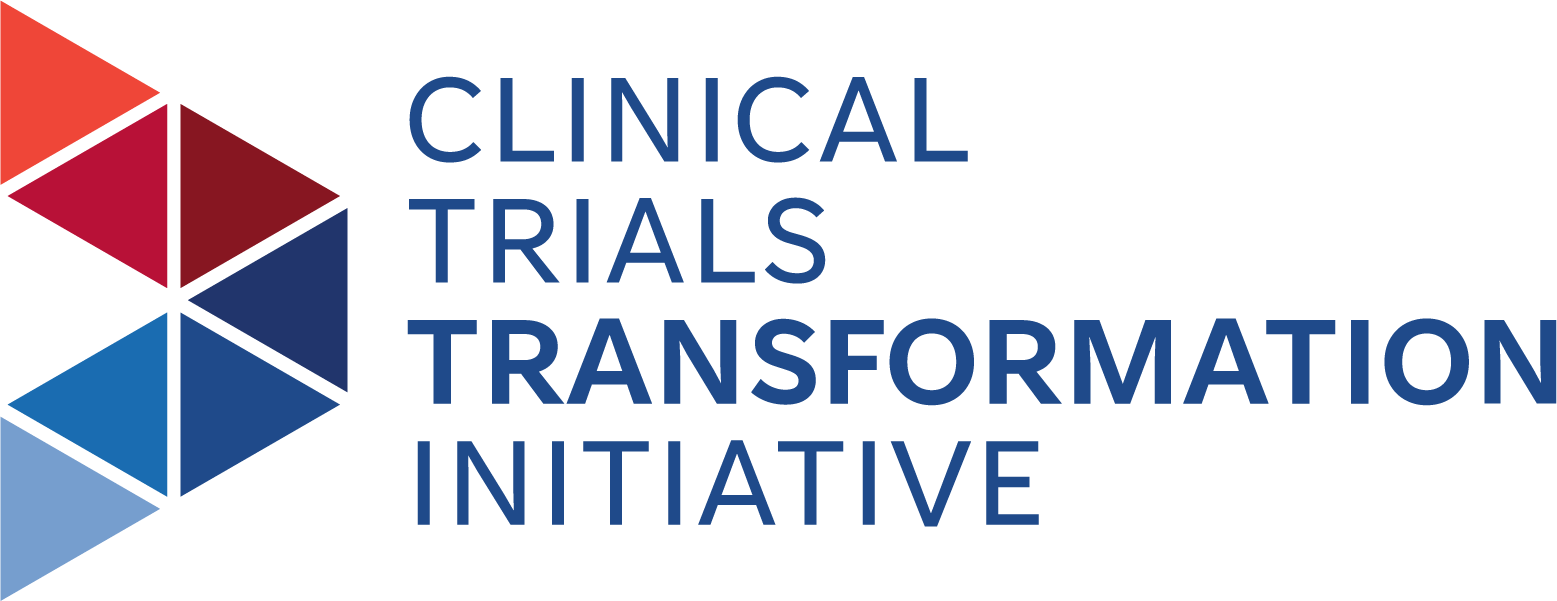UCB Biosciences Integrates Patient Insights to Transform the Participant Research Experience
UCB Biosciences Applies CTTI's Patient Group Engagement Recommendations
SUMMARY
UCB saw success with integrating the patient
voice into the development of its anti-epilepsy treatments. Lessons were
applied from that success into the roots of the organization and across all of
UCB's clinical development work.
GOAL(S)
After seeing first-hand the value of the patient voice in the development
and launch of one of its anti-epilepsy treatments, UCB embarked on a journey
toward deeper patient focus and integration. UCB's clinical development team,
in partnership with its chief medical officer, worked to design a strategy that
would weave patients into its efforts across the clinical development
continuum.
CHALLENGES
Unlike many other
organizations that need to be convinced of the value of the patient voice, UCB
was already sold. The organization had a great deal of enthusiasm and support
from senior leaders, but no concrete strategy for putting that enthusiasm into
action. How could they actively weave the patient voice across UCB's clinical
development spectrum in a way that replicated (and built on) previous
development successes, delivering meaningful value to patients?
SOLUTION(S)
UCB
looked to CTTI's Patient Group Engagement (PGE) recommendations to underpin
its patient value strategy. Specifically, UCB leveraged CTTI's chevron diagram exploring patient
engagement opportunities across all stages of clinical development.
TAKING ACTION
Starting
with the CTTI infographic, UCB identified the vision for clinical development
and then dug into the details, identifying areas to strategically weave the
patient perspective into its clinical development process. Using the CTTI model
as a foundation, UCB tailored the diagram to be fit-for-purpose and aligned
with its organization's unique needs. UCB
realized that widespread employee adoption of its patient value strategy
depended on infusing it all the way down to the roots of the organization.
That's why it launched a global training and awareness program to engage and
energize employees as soon as the strategy was deployed. The program showcased
not only how UCB would now work with
greater patient focus, but also why
the change was necessary.
IMPACT
UCB
has transformed from an organization that reactively incorporates patients into
its processes to one that plans for robust patient input starting at the earliest
stages of a project and continuing regularly across its development lifecycle.
The organization's culture has fundamentally shifted, which has been
facilitated by leadership support of the new strategy and employees energized
to deliver greater value to patients. Always
looking to improve its processes, UCB uses a
patient survey, combined with benchmarking data, to establish a baseline for
the patient experience in its clinical studies. The surveys are used to
identify signals that help UCB target its efforts toward more patient-friendly clinical
study designs. Once UCB pinpoints those designs, it looks for trends. Do
patient-friendly designs impact the study's overall performance? Is there
better recruitment, retention, or quality? UCB expects those answers to be
affirmative, but has not yet accumulated enough data to draw a definitive
conclusion.
ADVICE
UCB
appreciates that many pharma organizations are struggling with challenges
similar to theirs: companies have lots of enthusiasm philosophically for patient-centricity,
but lack a systematic strategic plan to bring that philosophy to implementation.
Through UCB's membership with TransCelerate and its Patient Experience working
group, UCB has been able to collaborate across the pharma industry in the
development of tools that any research
organization (academic or commercial) can employ to more effectively and
strategically partner with patients. For
every organization, a collaborative approach across the company to start the
effort is needed. UCB, for example, brought together the various internal
stakeholders who lead clinical development along with patient partners to help
everyone appreciate the need for patient engagement. Patient
engagement advocates should keep in mind that we work in a commercial industry
and be prepared with a value proposition to gain buy-in. The CTTI-co-authored
white paper on Assessing the Financial
Value of Patient Engagement is cited as a solid case for the dollars and cents
advantages of employing a patient-centric approach.
ORGANIZATION
UCB Pharma
ORGANIZATION TYPE
Industry
IMPLEMENTATION DATE
2015
TOPIC
Patient Engagement
